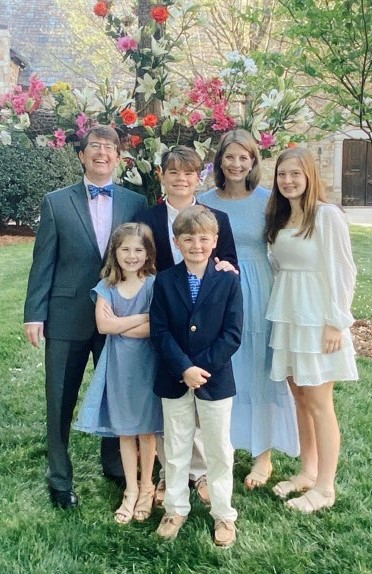It just seems impossible. How could anyone not see the biggest machine on the road—and slam into it at highway speed?
But the truth is, it’s all too possible to not see a semi-tractor trailer sprawled across a dark rural highway at night, especially if the trailer’s not properly outfitted to allow approaching motorists to see it.
No, Really. How Could This Happen?
Here’s one example. Say you’re driving along a state highway in the dark at the speed limit of 55 mph. At an ordinary, unmarked intersection—without a stop sign or traffic light—out pulls what you think is just a big-rig cab. But it’s not. It’s got a trailer, too, which has dirty or substandard reflective taping on the side.
At 55 mph, you’re going 80 feet per second. All too often, that’s not enough time to prevent a disastrous collision. The result is often the worst type of tractor-trailer wreck, a horrifying underride collision where the top of the car gets sheared off by the underside of the trailer.
That’s why federal law has standards for trailer lighting and visibility.
To use the law to help get a South Carolina semi-truck accident settlement, get professional help. Contact us for a free, no pressure strategy session with a Spartanburg, SC tractor trailer accident attorney. Call toll free at 888-230-1841 or fill out a Get Help Now form.
Federal Trailer Lighting and Visibility Standards
Federal regulations require semi-trailers to have plenty of lights and reflective material:
- Side marking – Called "retroreflective sheeting," these are the alternating red and white stickers lining the bottom of each side of the trailer. They are designed to reflect headlights and alert approaching drivers that a trailer looms in front of them.
- Front side-marker lamps – These must be at the top and bottom of the trailer, right behind the cab.
- Intermediate side-marker lamps – These are located at the top and bottom of the middle of the trailer.
- Rear side-marker lamp – This is on the bottom of the trailer.
The lamps and reflective material used must conform to federal standards to provide sufficient visibility to prevent crashes.
How Could a Trailer Not Be Safely Lit?
There are several reasons, but the following are major causes of these tragic 18-wheeler accidents:
- Inadequate taping or lighting. The trailer’s reflective tape or lamps aren't placed on the trailer as required by law.
- Dirty tape. This is not much better than no tape at all.
- Substandard inspection. A careful truck inspection before each trip, which federal law requires, should uncover problems with reflectors and broken lights.
Don’t Assume You’re Wrong
If you’re the victim of an 18-wheeler accident like this, the trucking company will blame you for the crash, since the trucking company can be held accountable, too. But that doesn’t mean they’re right. They just don’t want to answer for what they did wrong. Plus they know if you prove they broke these safety laws, your case has the potential for punitive damages.
Fill out our Get Help Now form to see if we can help you shine a light on a tragedy the trucking company wants to keep in the dark. You can always call us to get your questions answered by a tractor-trailer accident lawyer.
|
Related Links: |


